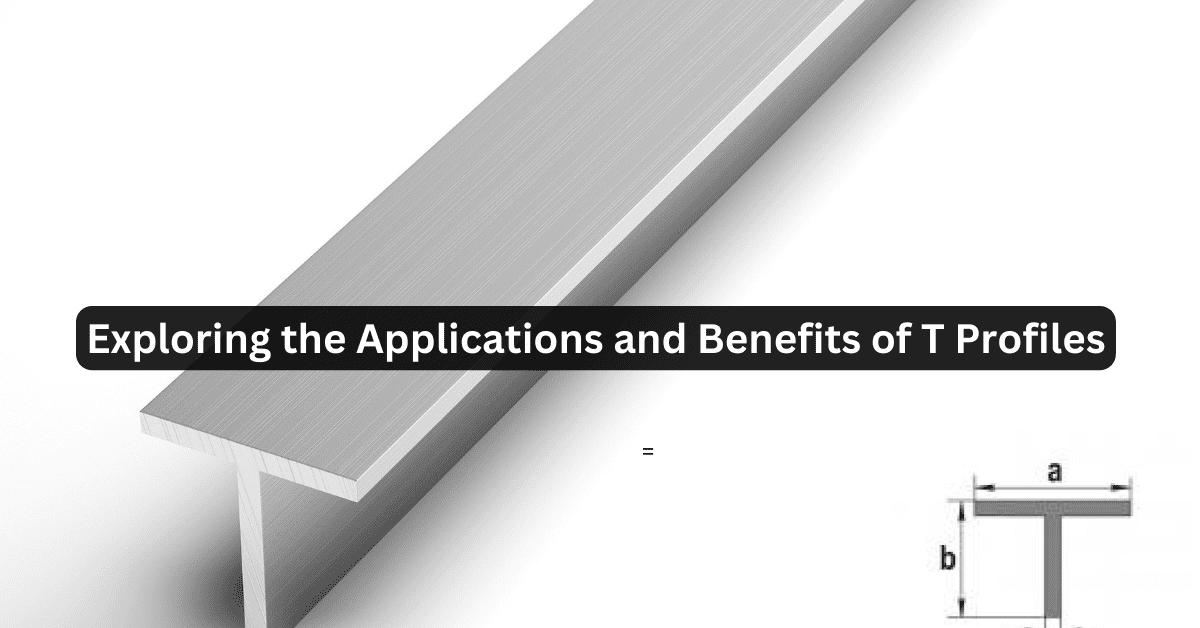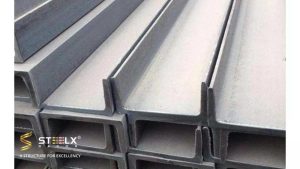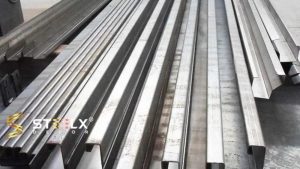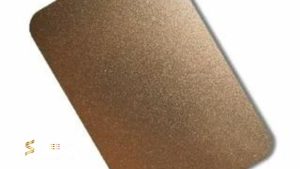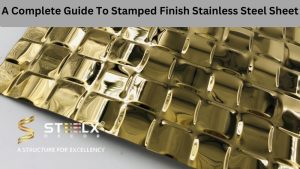What is a T Profile?
A T profile is a structural shape that resembles the letter T, hence its name. It is created by hot-rolling steel or other metals into the desired shape. The T Profile consists of a vertical stem, called the web, and a horizontal flange at the top, called the flange. The flange can be of equal or unequal width, depending on the application.
Applications of T Profile
Construction
One of the most common applications of T profiles is in the construction industry. They are used to construct buildings, bridges, and other structures. They are particularly useful in applications where there is a need for a load-bearing structure, such as in the construction of columns and beams. They are also used to construct trusses and triangular frameworks that support roofs, bridges, and other structures.
Manufacturing
T profiles are also used in manufacturing, particularly in producing machinery and equipment. They are often used in the construction of conveyor belts and in the manufacture of frames and supports for heavy machinery. Due to their strength and durability, it is used in producing storage systems, such as racking and shelving.
Automotive Industry
T profiles are used extensively in the automotive industry, particularly in constructing car frames and chassis. The T profile’s strength and rigidity make it an ideal choice for these applications, as it can withstand the stresses and strains of the road. T profiles are also used in the construction of truck frames and trailers.
Benefits of T Profile
Strength and Durability
T profiles are known for their strength and durability, making them an ideal choice for load-bearing structures. The vertical web of the T profile provides strength and rigidity, while the horizontal flange at the top provides support. T profiles are also resistant to bending and twisting, making them an ideal choice for applications with a need for stability.
Versatility
T profiles are a versatile structural solution used in various applications. They can be used to construct everything from buildings to machinery and equipment. Their versatility is due to their ability to support heavy loads while maintaining structural integrity.
Cost-Effective
T profiles are a cost-effective structural solution due to their strength and durability. They can support heavy loads without additional support, saving construction costs. T profiles are also easy to manufacture, which can further reduce costs.

